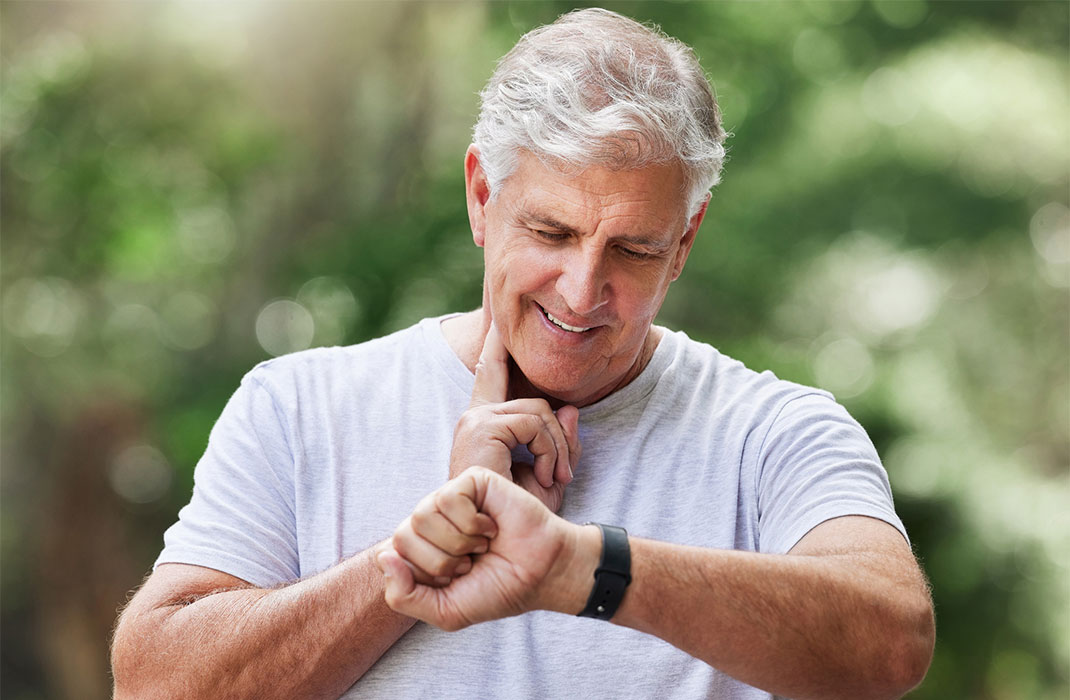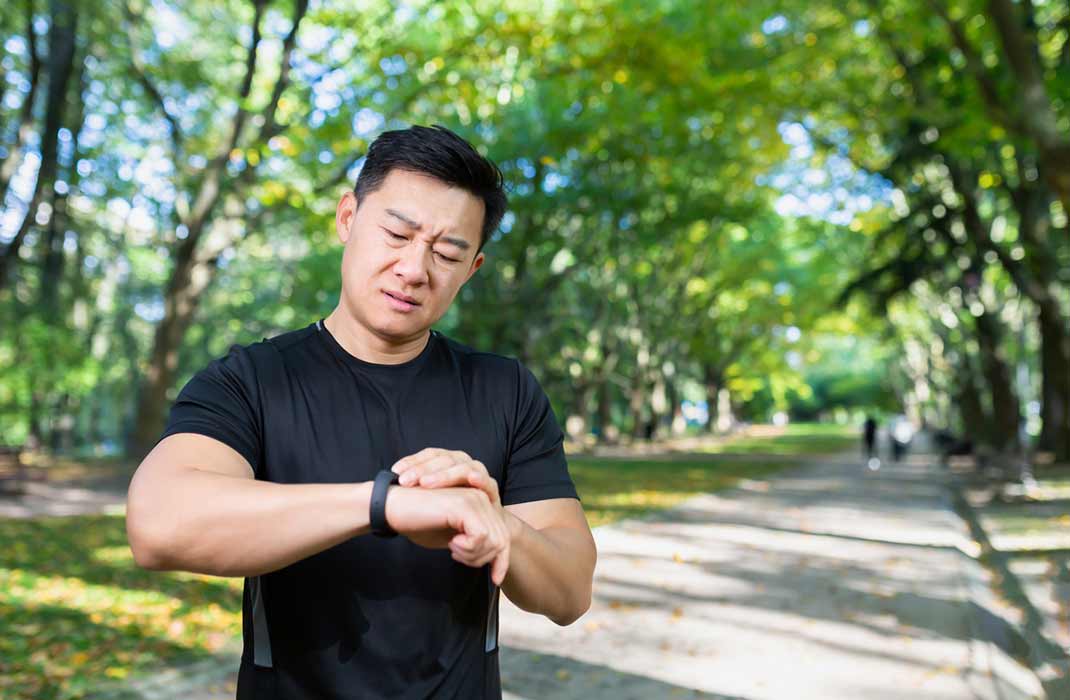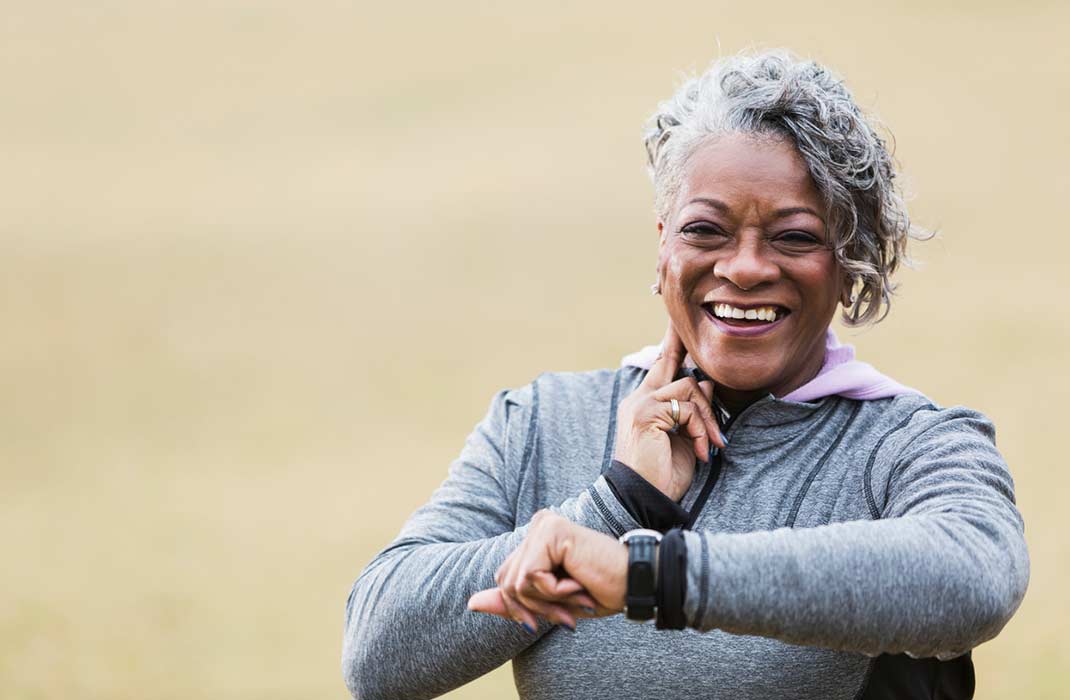-
- Find Care
-
- Visitor Information
- Find a Location
- Shuttles
- Visitor Policies
-
-
-
- Our Virtual Care Options
- Virtual Urgent Care
- Virtual Visits for Primary & Specialty Care
- Online Second Opinions
- Participate in Research
-
- Contact us
-
- For Innovators
- Commercialization Guide for Innovators
-
-
- Research News
- Alzheimer's Disease
- Artificial Intelligence
-
- Overview
-
- Overview
- Getting Started
- New to Mass General Brigham
- International Patient Services
- What Is Patient Gateway?
- Planning Your Visit
- Find a Doctor (opens link in new tab)
- Appointments
- Patient Resources
- Health & Wellness
- Flu, COVID-19, & RSV
- Billing & Insurance
- Financial Assistance
- Medicare and MassHealth ACOs
- Participate in Research
- Educational Resources
- Visitor Information
- Find a Location
- Shuttles
- Visitor Policies
- Find Care
-
- Overview
- Our Virtual Care Options
- Virtual Urgent Care
- Virtual Visits for Primary & Specialty Care
- Online Second Opinions
-
- Overview
- Participate in Research
-
- Overview
- About Innovation
- About
- Team
- News
- For Industry
- Venture Capital and Investments
- World Medical Innovation Forum (opens link in new tab)
- Featured Licensing Opportunities
- For Innovators
- Commercialization Guide for Innovators
- Contact us
-
- Overview
- Information for Researchers
- Compliance Office
- Research Cores
- Clinical Trials
- Advisory Services
- Featured Research
- Two Centuries of Breakthroughs
- Advances in Motion (opens link in new tab)
- Brigham on a Mission (opens link in new tab)
- Gene and Cell Therapy Institute
- Research News
- Alzheimer's Disease
- Artificial Intelligence
-
- Overview
-
- Overview
- Residency & fellowship programs
- Brigham and Women's Hospital
- Massachusetts General Hospital
- Mass Eye and Ear
- Newton-Wellesley Hospital
- Salem Hospital
- Integrated Mass General Brigham Programs
- Centers of Expertise
- Global & Community Health
- Health Policy & Management
- Healthcare Quality & Patient Safey
- Medical Education
- For trainees
- Prospective trainees
- Incoming trainees
- Current trainees
- Continuing Professional Development
How to Check Your Heart Rate (Manually and Using a Device)

Measuring your heart rate is an effective and easy way to assess your health. It can help you monitor your overall fitness level and identify potential heart conditions.
“Your resting heart rate—or the number of heartbeats per minute while you’re at rest—should range from 60 to 100 beats per minute. It varies, but an unusually high or low resting heart rate or an irregular heartbeat can be a sign that something is wrong. So you should measure your heart rate regularly, understand what’s normal for you, and use that as a gauge,” says Jorge Romero, MD, a Mass General Brigham cardiologist/electrophysiologist.
Dr. Romero is the director of arrhythmia and electrophysiology research and associate director of the Ventricular Arrhythmia Program at Brigham and Women’s Hospital. He treats patients at the Brigham’s main campus and at Brigham and Women’s Faulkner Hospital.
Dr. Romero recommends that all adults measure their resting heart rate once a week. Those older than 60 should assess resting heart rate more often, as often as daily. Anyone who is curious about their overall fitness can also measure heart rate during or after activity.
How to measure heart rate by hand
Follow these steps to measure your heart rate (or someone else’s):
- Take the pads/tips of your index (pointer) finger and middle finger.
- Press them gently against the side of your neck (just under your jawline). Or press on the inside of your wrist, below the base of your thumb.
- Count the number of beats you feel for 15 seconds. Use a stopwatch or other timing device to track the seconds accurately.
- Multiply the number of beats by 4.
- That number is your heart rate.
For example, if you count 20 beats in 15 seconds, multiply 20 by 4, for a total of 80 beats per minute.
Dr. Romero offers several useful tips. “Sometimes people lose track, cannot focus for a whole minute, or count erroneously. That’s why we suggest counting for a shorter time and then multiplying. You can even count for 6 seconds and then multiply by 10—that might be the easiest and quickest way to get a calculation equal to 60 seconds,” he says.
Devices that measure heart rate
“Most people have devices that automatically measure heart rate, like watches or smartphone apps that use your phone’s camera to sense the pulse in your finger,” Dr. Romero says. “It’s much easier to do this with a device, and the devices are getting more accurate over time. Even though they’re not perfect, they provide good estimates.”
These devices have several advantages, including automatic timing and tracking heart rate over time to show changes or trends.
If you’re not sure a device is accurate, Dr. Romero suggests taking your heart rate by hand and comparing the numbers.
What if my measurement is different than the normal heart rate?
As you track your heart rate regularly over time, you’ll start to understand what’s normal for you. Talk to your primary care provider if you notice:
- Resting heart rate consistently slower than 60 beats per minute, called bradycardia
- Resting heart rate faster than 100 beats per minute, called tachycardia
- Any irregular rhythm, called arrhythmia, when you may feel an extra beat or a skipped beat

Contributor
Related articles
-

published on
-

published on
-

published on
-

published on
-

published on
-

published on
-

published on
-

published on
-

published on


